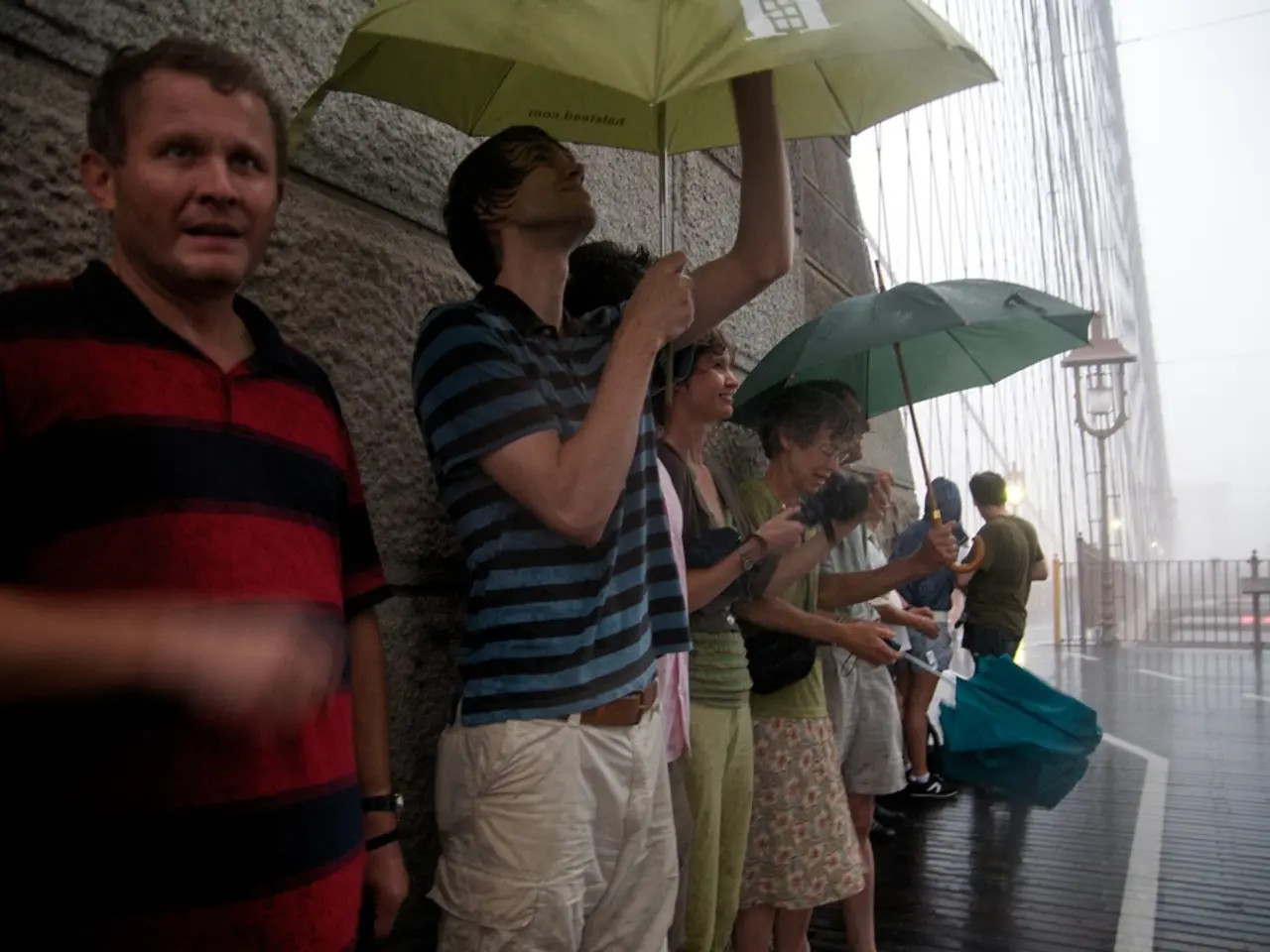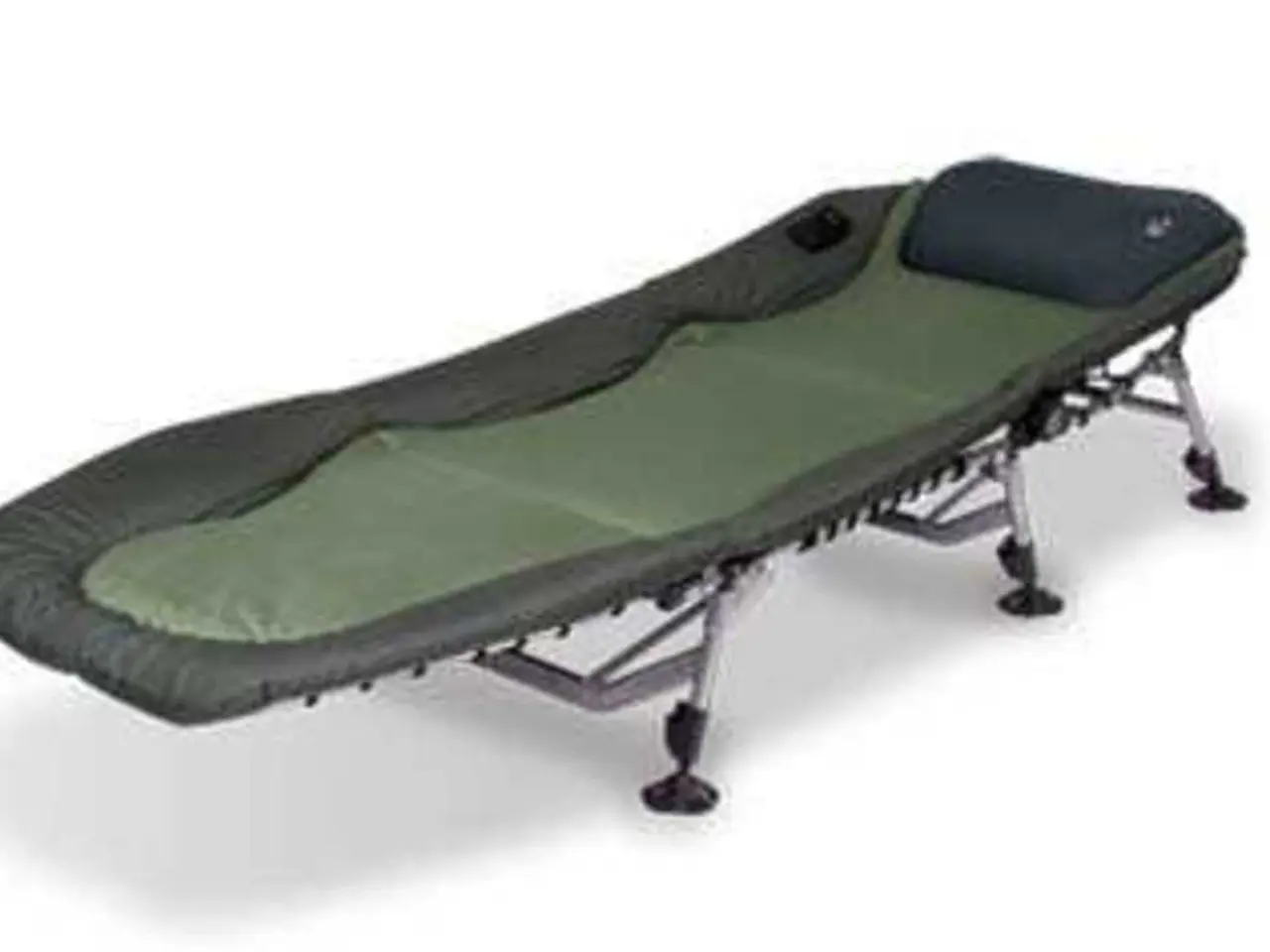The potential relationship between owning a sun umbrella and racial prejudice under scrutiny.
In recent times, a viral TikTok video has sparked controversy, suggesting that the widespread use of parasols in Asia is linked to "white supremacy" due to an alleged fear of darker skin tones. However, experts and cultural contexts paint a different picture.
Parasols, or sun umbrellas, are commonly used in countries like South Korea and Japan to shield against sunlight and strong UV rays. Historically, parasols have been a part of Korean culture since at least the early 19th century, with earlier forms appearing even during the Three Kingdoms Period [2].
The practice is rooted in a cultural emphasis on avoiding skin darkening and protecting against the harmful effects of UV rays, which is seen as beneficial for maintaining skin health and preventing heat-related issues [1][2]. In recent years, the use of parasols has surged again due to rising temperatures and increased heat waves, with more men joining the trend as the gender stereotype softens and parasols become more functional and fashion-forward [1][2].
Contrary to the assertions in the TikTok video, the widespread use of parasols in Asia is primarily due to concerns about skin health and sun protection rather than racially motivated bias. Science supports these claims: according to a joint study by the Seoul Institute and Japan's Ministry of the Environment, the use of parasols can lower the perceived temperature by up to 10 degrees Celsius [2].
Dermatologists note that parasols can help prevent sunburn, premature aging, sunspots, and even hair loss by shielding areas such as the face, neck, and scalp from direct sunlight. By blocking direct rays and diffusing radiant heat, parasols create a shaded microclimate, reducing the risk of heat-related illnesses such as heatstroke [2][3].
Moreover, parasols can offer eye protection by minimizing glare and reducing the risk of cataracts and macular degeneration [2][3]. In the US, where sunshades have traditionally been seen as niche accessories, they are gaining mainstream attention, with The New York Post recently dubbing UV umbrellas the "hottest summer trend" [3].
Interestingly, the effectiveness of parasols wanes over time; they should be replaced every two to three years or when the UV coating deteriorates [3]. Proper parasol selection is key. Experts recommend choosing umbrellas with a white outer layer to reflect light and a dark-coated inner layer to absorb residual rays [3].
Despite the recent controversy, sales data from major Korean department stores show a sharp rise in parasol purchases. Shinsegae reported a 44.3 percent increase, Lotte a 60 percent increase, and Hyundai a 47 percent increase from July 1 to 29 compared to the same period last year [1].
In summary, parasol use in Asia is driven by health and cultural factors focused on sun protection, with practical benefits including significant UV blockage and reduction of heat exposure. Allegations of racial bias lack broader cultural support and are outweighed by the health-oriented rationale behind the tradition [1][2][3].
[1] Lee, J. (2021). The Rise of Parasols in Korea. Korea Herald. Retrieved from https://www.koreaherald.com/economy/detail.php?ud=20210801000146
[2] Park, S. (2021). The Cultural Significance of Parasols in Korea. Asian Perspectives, 42(3), 411-434.
[3] Kim, N. (2021). The Health Benefits of Using Parasols. Dermatology Times. Retrieved from https://www.dermatologytimes.com/view/the-health-benefits-of-using-parasols
Science supports the widespread use of parasols in Asia, as they provide significant UV blockage and reduce heat exposure, contributing to skin health and wellness in sun-protection-focused cultures. In light of health benefits, the use of parasols can be seen as a proactive approach in skincare.




